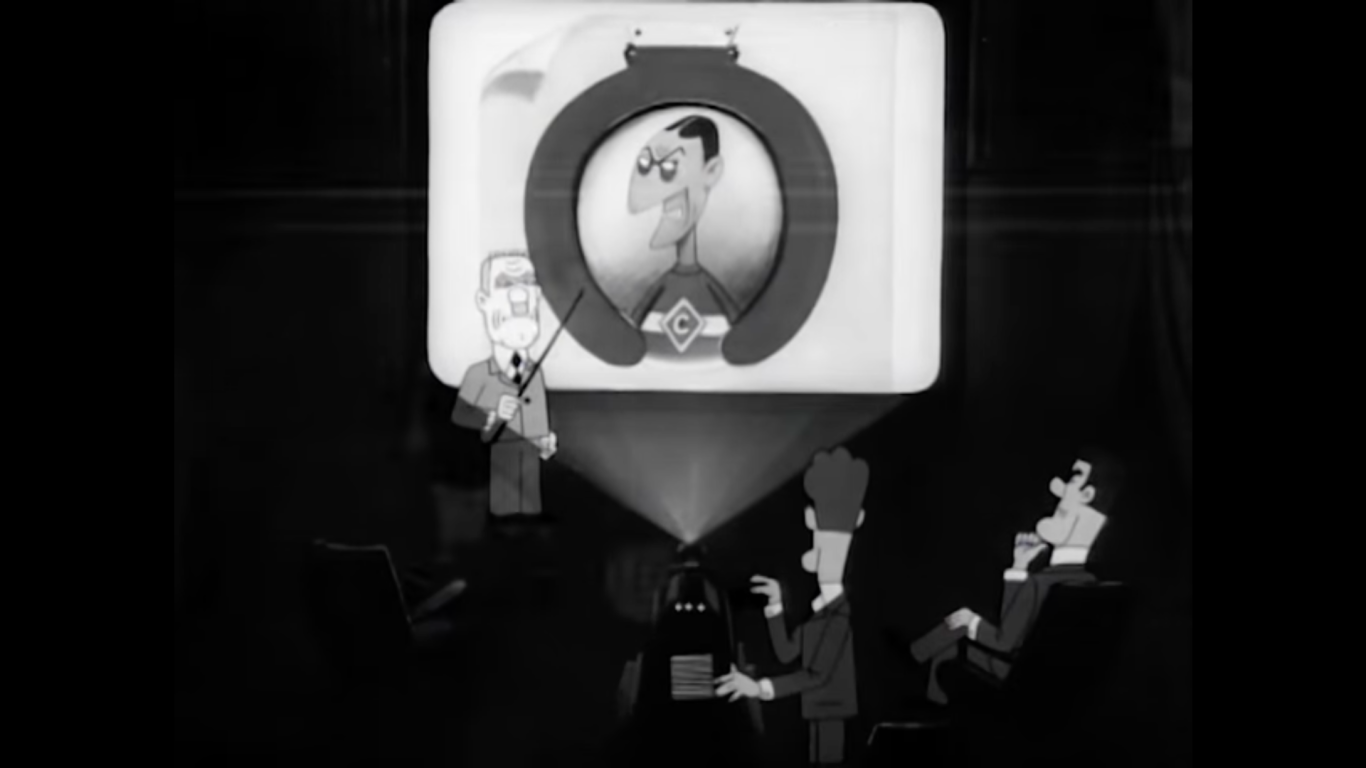Steven Malliet, John Buckley, Guido Devadder et al. – Expanded Memories: Artistic Experiments into Hybrid Analogue-Digital Animation
Introduction In this essay, we present the results of an artistic research project, exploring the boundaries of animation through the exhibition of, and reflection upon, a series of collaborative artworks. We will discuss a range of animation installations that share a focus on the connection between animation, human cognition, and memory. While this connection has […]


